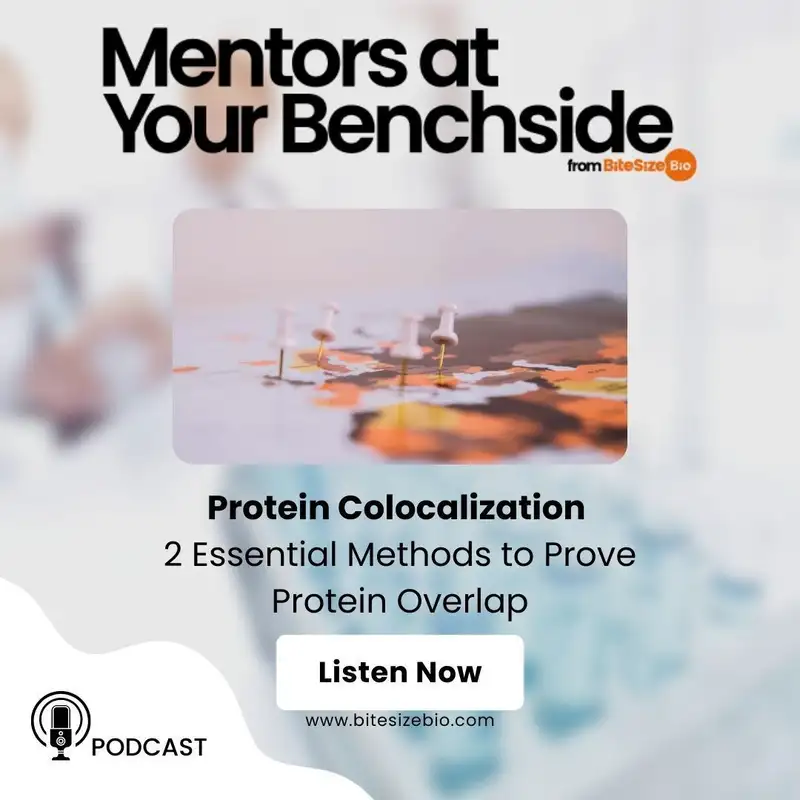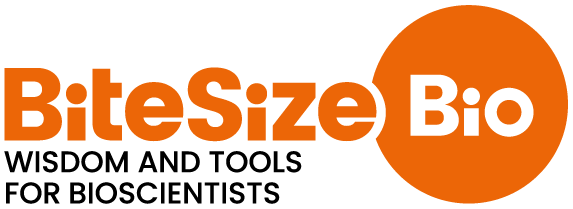
Dr. Thomas Warwick
Content Creator, Bitesize Bio
Appears in 32 Episodes
Protein Colocalization: 2 Essential Methods to Prove Protein Overlap
#58 — One of the most common goals in biology is to prove that two proteins colocalize. Usually, colocalization happens as part of a crucial disease pathway or poorly ...

Why Do Enzymes Have Optimum Temperatures?
#57 — Some microbes survive at 37°C, and some survive at 90°C. So why do their respective enzymes have optimum temperatures? Listen to this episode and learn about the...

10 Common PPE Sins
#54 — Do some people's terrible PPE habits bug you? Are you guilty of not wearing your PPE in the lab?Listen to our top 10 PPE sins. Sins that we've all definitely com...

PPE for Eye and Face Protection—Better Safe than Sorry!
#53 — Anywhere but the face! On the list of places you wouldn't want to spill a chemical, I bet your face ranks pretty high.Wise scientists know their face protection....

How to Handle Strong Acids in the Lab
#52 — Acids are ubiquitous in the lab. We use them for many tasks, such as pH-ing solutions, cleaning glassware, calibrating instruments, and dissolving analytes.But t...

How to Use a pH Meter Correctly in 4 Simple Steps
#51 — A neglected pH meter means less reliable experiments, poor reproducibility, and time wasted. Yet, despite being critical to all our experiments, they are frequen...

Top 5 Protein Quantification Assays
#34 — Whether you like it or not, you need to know the concentration of your protein samples accurately. Binding constants, enzyme kinetics, and activity assays all ne...

Top 10 Worst Lab Smells
#33 — Your lab. It probably doesn't look very nice, and often enough, it probably doesn't smell very nice either. Lumps of E. coli, fishy amines, eggy reducing agents....

What Is Cryo-Electron Microscopy? A Brief Introduction
#26 — Cryo-EM is a revolutionary imaging method that lets us see complex biostructures at higher and higher resolutions. But do you understand the mind-blowing science...

Ten Bad Chemicals in the Lab and What They do to You!
#22 — Research often requires you to use dangerous chemicals. From caustic acids and bases to pH solutions and toxic reducing agents, chemical hazards abound in the la...

Which Type of Ethanol Should I Use?
#10 — As you probably know, there are different types of ethanol found in biology labs. It's a versatile solvent used in dozens of experiments and procedures, includin...

A Short History of Cryo-Electron Microscopy
#3 — In this episode of Mentors At Your Benchside, listen to a short history of cryo-electron microscopy—the Nobel Prize-winning technique revolutionizing molecular an...


